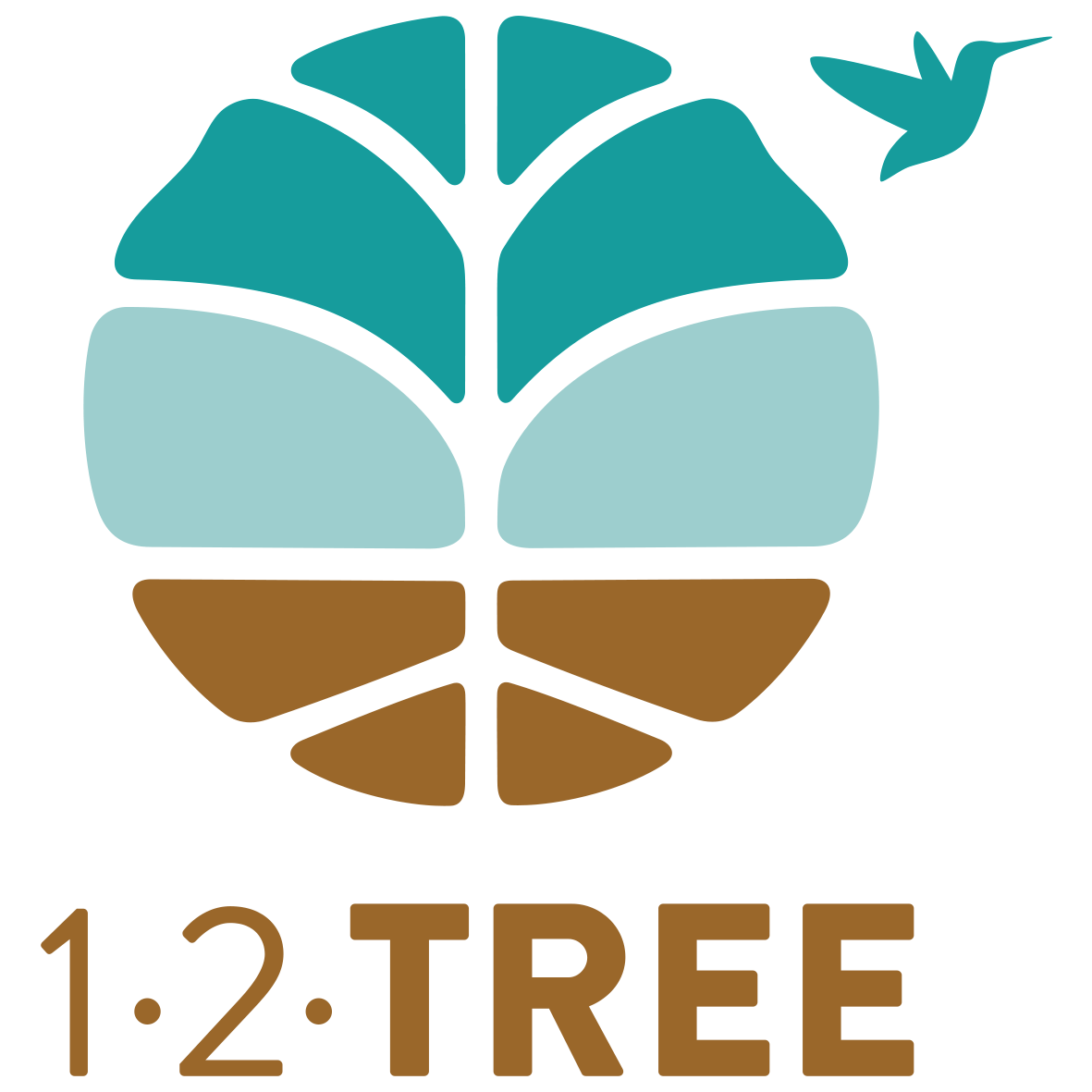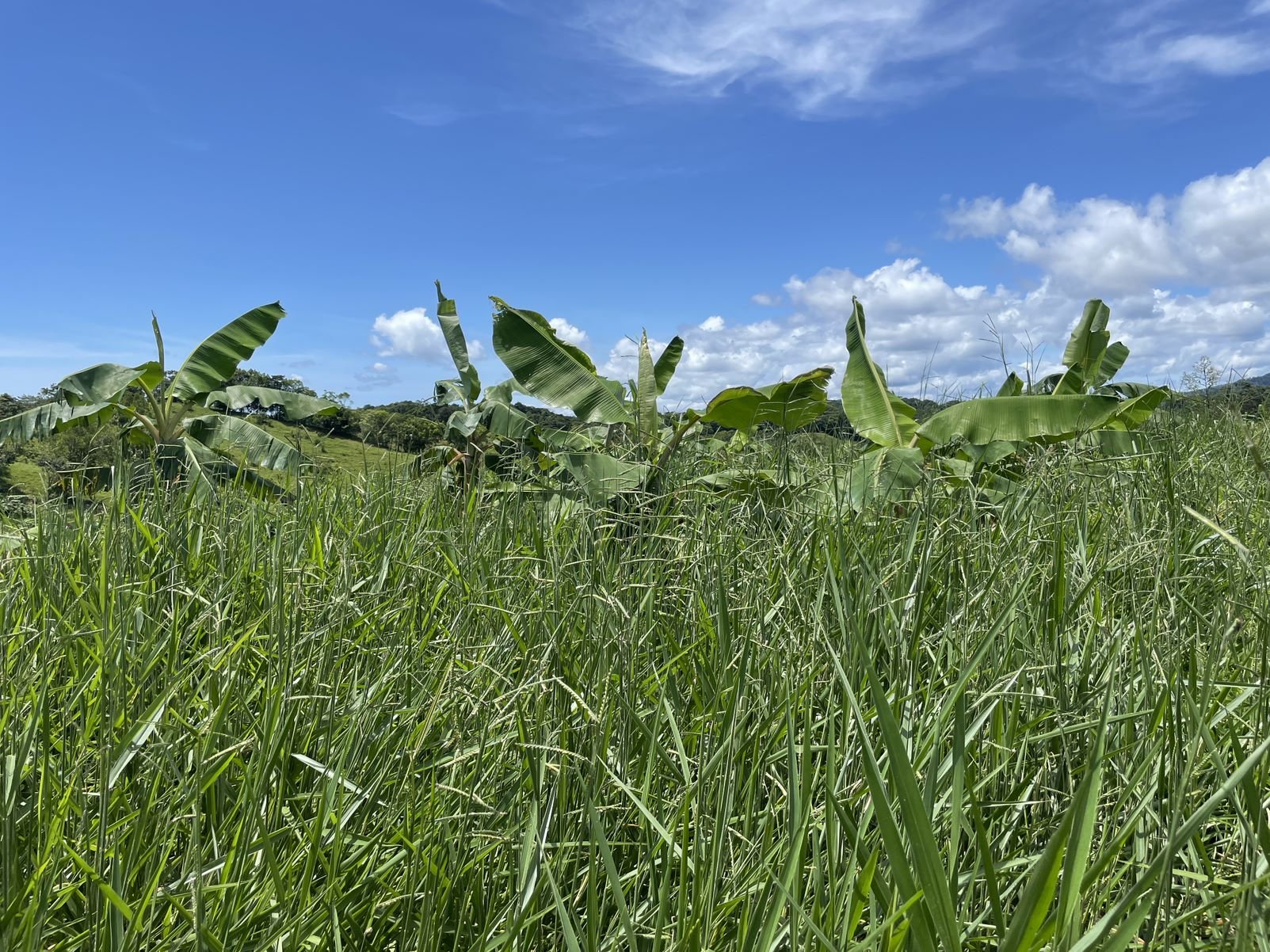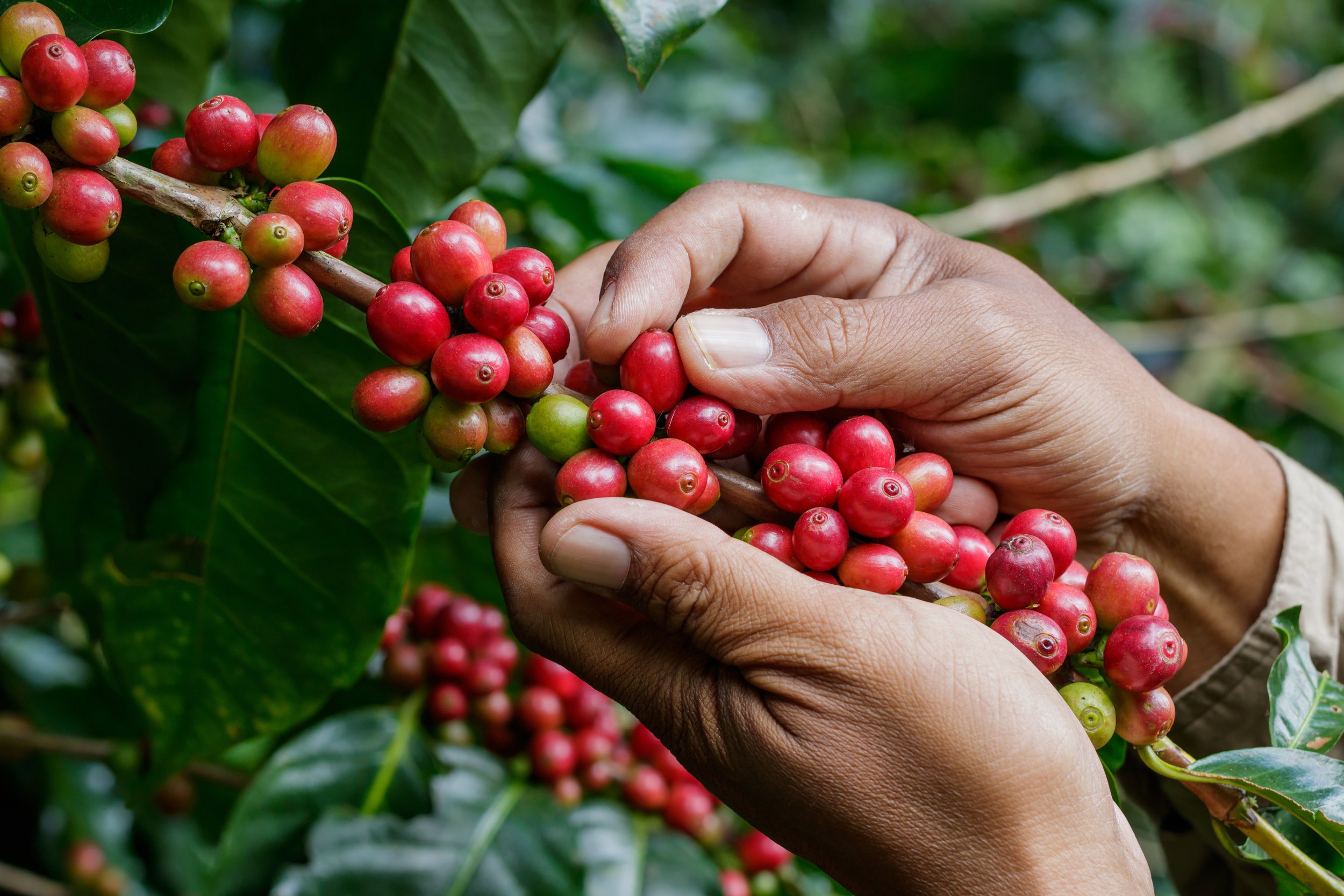Andean Cacao’s farm is a one-of-a-kind project that is generating considerable benefits and impacts for a wide range of stakeholders.
The farm is currently regenerating over 2,000 hectares of formerly degraded cattle grazing land in Colombia into a highly productive, sustainable farm with the goal of delivering quality carbon-neutral cacao beans. While doing so, the project is not only working towards improving the carbon sequestration potential and footprint of the farm, but also generating benefits for soil health and biodiversity, as well as creating living-wage job opportunities, and critical support for neighboring communities.
The farm is the latest step in a recently announced joint venture between 12Tree and Mars Wrigley, and forms part of the latter’s journey through its Cocoa for Generations strategy to build a modern, inclusive, and sustainable cacao supply chain. It shows a continued commitment to trial new climate-smart and modern agriculture solutions, by focusing on three areas of impact: creating healthy soil while capturing carbon and boosting biodiversity; improving livelihoods and community resilience; and exchanging scientific knowledge and cacao agronomy innovation to increase productivity.
One of the ultimate goals for Andean Cacao by end of 2022 is to have the farm’s positive social and environmental impacts certified by an independent third party against the Verified Carbon Standard (VCS) and Climate, Community and Biodiversity (CCB) Standards.
Since its launch in 2006, the VCS has grown into the world’s largest voluntary carbon credit program, registering over 1,700 carbon reduction projects worldwide that have reduced or removed more than 800 million tons of CO2 equivalent from the atmosphere. The CCB Standard in turn helps differentiate and identify projects that simultaneously address climate change, support local communities and smallholders, and conserve biodiversity.
12Tree and Andean Cacao have selected Terra Global Capital as our ideal carbon development partner for this venture. Terra Global is a global leader in sustainable forest and agriculture program development and land-use greenhouse gas quantification and finance.
The teams from 12Tree, Andean Cacao and Terra Global are currently working collaboratively on all aspects of project development from field data collection to the incorporation of 12Tree requirements as investors, to Mars’ goals to reduce emissions through their supply chains. At the moment, teams are busy carrying out all of the respective field measurements as well as setting up the required monitoring and impact evaluations systems. To date, the initiative has arrived at the ideal combination of available methodologies, as well as a number of supporting tools, in order to best quantify and verify the additional emission reductions and removals that the farm operations will achieve, and that will ultimately be used for insetting or offsetting purposes.
This article is an extract of the 2022 12Tree Sustainability Report. Download the report to learn more about our regenerative approach to farming illustrated in several farm case studies, articles and partner interviews.































